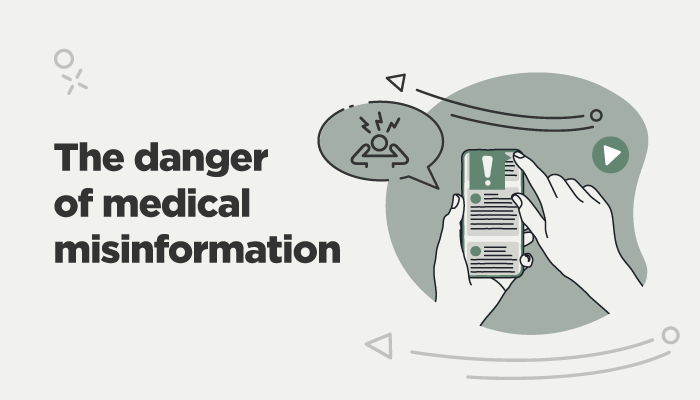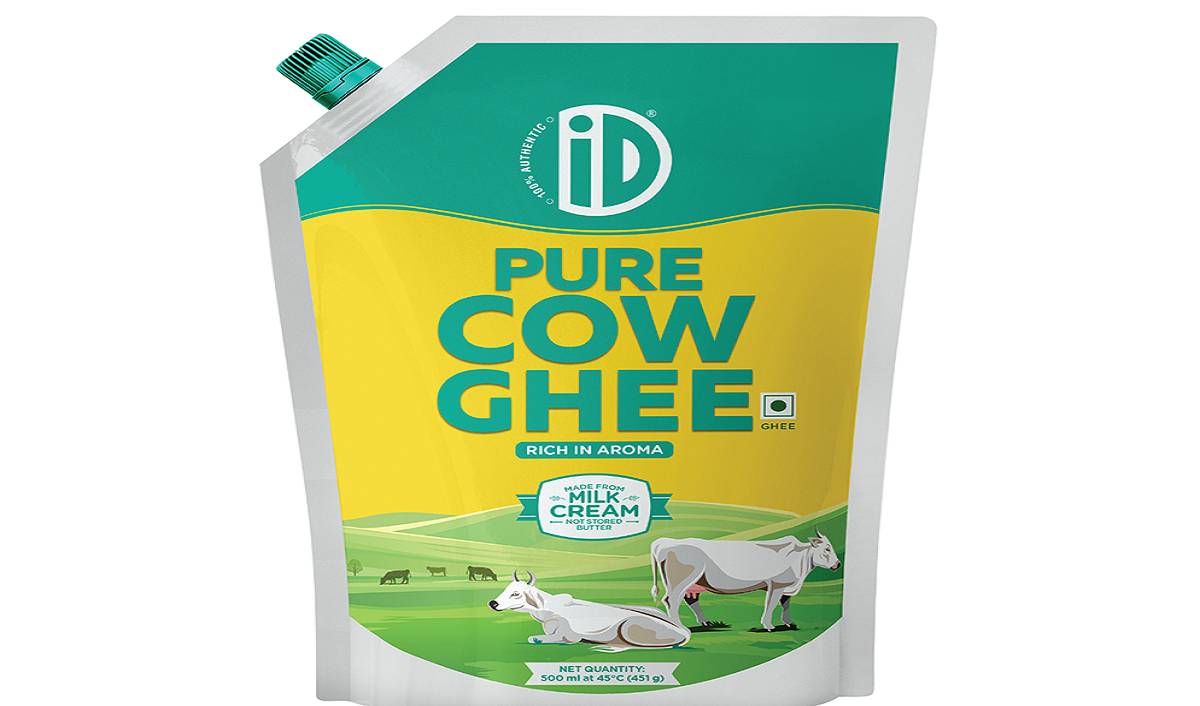In today’s fast-paced digital world, information spreads like wildfire. While this can be beneficial for sharing knowledge and staying updated, it also opens the door to a dangerous phenomenon: health misinformation. From false claims about miracle cures to misleading dietary advice, these inaccuracies pose serious threats to public health.
Imagine relying on a social media post to make critical decisions about your well-being. The consequences can be dire when that information is wrong. As we navigate this complex landscape of data and opinions, it’s essential to recognize the growing threat of health misinformation and understand its profound impact on our lives. Let’s delve deeper into why this issue matters and how we can arm ourselves with accurate knowledge in an age where truth often gets lost amidst noise.
The Rise of Health Misinformation
Health misinformation has surged dramatically, especially in recent years. The internet and social media are at the forefront of this trend. With billions of users sharing content daily, even the most dubious claims can gain traction.
The COVID-19 pandemic amplified confusion surrounding health topics. Misinformation spread rapidly about vaccines, treatments, and preventative measures. Many individuals turned to online sources for guidance instead of trusted healthcare professionals.
This environment creates a perfect storm where sensational headlines often overshadow scientific facts. People find themselves caught between genuine research and misleading narratives that cater to fear or hope.
As a result, misunderstandings about basic health concepts have become commonplace. This rise is not just an annoyance; it’s reshaping how communities approach their well-being in profound ways.
The Impact on Public Health
Health misinformation poses a serious challenge to public health initiatives. When false information spreads, it can lead individuals to make poor decisions regarding their well-being. For instance, people may refuse vaccinations or ignore medical advice based on misleading claims.
The consequences are far-reaching. Communities that fall victim to this misinformation often see increased rates of preventable diseases. This not only affects individual health but also strains healthcare systems.
Moreover, panic and fear can result from sensationalized stories about outbreaks or treatments. Misinformation fosters distrust in legitimate health sources, eroding the foundation of public health campaigns.
Children and vulnerable populations are particularly at risk as they rely heavily on caregivers for accurate information. Education becomes vital in combating these threats and promoting informed choices within communities.
The Spread of False Information
False information spreads rapidly, especially in today’s digital landscape. One viral post can reach millions within hours. This speed elevates the risk of misinformation becoming a common belief.
The algorithms of social media platforms often promote sensational content over accuracy. Users are drawn to headlines that evoke strong emotions, leading them to share without verifying facts.
Additionally, echo chambers form as individuals gravitate towards like-minded groups. These communities reinforce existing beliefs and create an environment where misinformation thrives unchecked.
Even seemingly harmless myths about health can have severe consequences. Misguided advice on treatments or vaccines can lead to harmful choices and increased public health risks.
As false information proliferates, distinguishing fact from fiction becomes increasingly challenging for everyone involved. Effective communication is essential for breaking this cycle and promoting accurate knowledge about health threats facing society today.
Why People Believe in Misinformation
People often turn to misinformation due to a mix of psychological factors. Cognitive biases play a big role; we tend to favor information that aligns with our beliefs. This confirmation bias creates an echo chamber, reinforcing false ideas.
Emotional appeal also drives belief in health misinformation. Fear and anxiety can make sensational claims more attractive than dry facts. When people are scared about their health, they may latch onto anything that promises relief or answers.
Social connections amplify this effect. When friends and family share misleading content, it gains credibility by association. Trusting relationships often lead us to accept unverified claims without question.
Additionally, the complexity of medical science can overwhelm individuals seeking clarity. Misinformation simplifies these complex issues into digestible bites, making them easier to grasp—even if they’re wrong.
How to Spot and Combat Health Misinformation
Identifying health misinformation starts with skepticism. Always question the source of information. Reliable health advice typically comes from established institutions, like the CDC or WHO.
Check for citations and references. Well-researched articles will link to scientific studies or expert opinions. If an article lacks these connections, proceed with caution.
Look for sensational language that aims to provoke strong emotions. Misinformation often thrives on fear and exaggeration rather than facts.
Cross-reference claims with trusted medical websites or professionals. This extra step can clarify doubts and provide accurate insights.
When encountering misleading content online, report it if possible. Many platforms have tools designed for this purpose, helping curb the spread of falsehoods.
Educating yourself about common myths is also key in combating misinformation effectively. The more you know, the better equipped you’ll be to share accurate information within your community.
The Role of Social Media
Social media has transformed how we share and consume information. Platforms like Facebook, Twitter, and Instagram facilitate rapid communication but often lack oversight on content accuracy.
Misinformation spreads quickly across these channels. Users frequently encounter health claims without evidence or credible sources backing them up. This can lead to widespread misconceptions about illnesses and treatments.
Moreover, algorithms prioritize sensational content over factual reporting. This creates an environment where false narratives thrive while accurate information struggles to gain traction.
The ease of sharing makes it tempting for individuals to repost without verifying facts. Friends and family become trusted sources, even if the original claim is baseless.
As a result, social media becomes a breeding ground for health misinformation that can influence public perception and behaviors related to health practices.
Addressing the Issue: Government and Healthcare Professionals Taking Action
Addressing the issue of health misinformation requires a multifaceted approach. Governments around the world are beginning to recognize this threat and are implementing strategies to combat it. Policies aimed at regulating online content can help reduce the spread of false information.
Healthcare professionals also play a critical role. They have firsthand knowledge and expertise that can debunk myths circulating in society. By providing accurate, evidence-based information, they can counteract misleading narratives effectively.
Collaboration between government entities and healthcare organizations is crucial for creating public awareness campaigns that promote reliable sources of health information. These initiatives may include educational resources targeting both digital platforms and community outreach programs.
Furthermore, training healthcare workers in effective communication strategies empowers them to engage with patients meaningfully about their concerns regarding misinformation. This proactive stance helps build trust within communities and reinforces the importance of seeking verified health advice.
As efforts ramp up at various levels, fostering media literacy becomes essential too. Encouraging individuals to critically evaluate sources will cultivate a healthier informational environment where truth prevails over falsehoods.
By taking decisive action against health misinformation, we create pathways toward better public understanding—leading ultimately to improved overall well-being for everyone involved.










